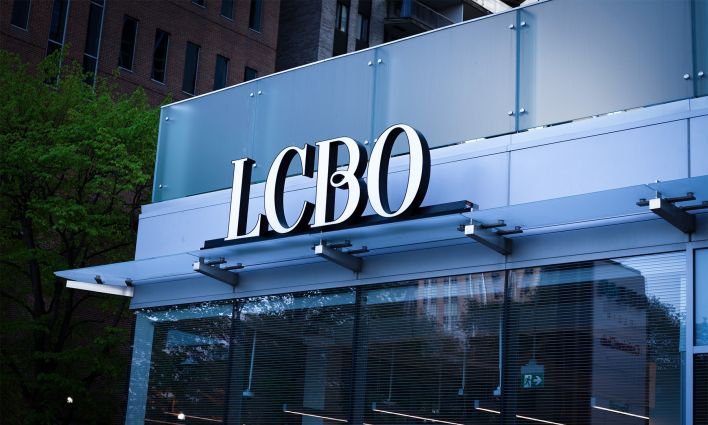Good morning! My name is Randy Robinson, and I’m the Ontario director of the Canadian Centre for Policy Alternatives. Thank you for the opportunity to speak to you today.
Time is short so I’ll get right to the point: For some time now, Queen’s Park has been failing to adequately fund the public services Ontarians depend on, and in order to begin to fix that, the province needs to raise more revenue.
I will leave it to others to speak about the government’s spending in response to the ongoing COVID-19 pandemic. What I want to talk about today relates to the revenues needed to bring base program spending up to Canadian standards.
Ontario’s public services are in crisis, and not just because of COVID-19:
- Going into the pandemic, Ontario had the fewest hospital beds per capita of any province and was tied with Mexico for fewest beds of any OECD country.
- We have the fewest Registered Nurses per capita of any province.
- Our community colleges now receive more funding from international students than they do from Queen’s Park.
- As of 2019, one in six Ontario children live in poverty.
- Single Ontarians trying to survive on Ontario Works receive $733 a month, a number that would have to rise by 67 per cent to reach the level it was at in 1993, after inflation is taken into account.
- According to the Auditor General, Ontario’s plan to reduce greenhouse gas emissions will take us just 19% of the way to meeting our 2030 climate targets.
- In education, we know that COVID-19 has been very, very hard on our two million elementary and secondary school students. The pandemic has interfered with their learning; it has interfered with their personal and social development. Helping students get back to where they should be by boosting investment in public education must be an urgent priority for the 2022 budget.
In long-term care, in housing, in the justice system, in post-secondary education, everywhere you look, our public services need more money.
This is not a new phenomenon. For ten years, successive finance ministers have boasted that we spend less per capita on programs than any other province. And not by a little. By a lot.
According to the Financial Accountability Office, Ontario spends roughly $2,000 less per person on programs than the average of the other provinces.
Ontario does not have a “spending problem” by Canadian standards. What we have is a revenue problem. But you don’t have to take it from me.
Both our current premier and our finance minister have made it clear, repeatedly, that Ontario needs more money. Their demand that the federal government transfer an additional $10 billion a year to Ontario through the Canada Health Transfer is all the evidence you need of that.
So it is strange that even as the government is recognizing the need for more revenue, it is reducing its own revenues by at least $5 billion a year through a variety of tax cuts since 2018.
Whatever you may think of tax cuts or tax credits, one thing is clear: the government has taken no steps to replace the $5 billion in revenue that has disappeared as a result of them.
So no one should be surprised that the government of Canada wants strings attached to health care funding to provinces. Ottawa wants to know that it’s funding health care, not subsidizing $3,000-a-week Muskoka cottage rentals through new tax credits.
Health care is provincial jurisdiction. So is education. So is social assistance. Federal funding is useful, especially to maintain national standards, but that does not take away the province’s responsibility to pay its own way–especially when that province is Ontario.
We have plenty of room to raise taxes. But we need to make the fiscal effort to do so.
According to a 2019 report from the FAO, Ontario could increase its collection of personal income tax by 18% and all that would happen is that we would be collecting personal income tax, as a share of labour income, at the same rate as the average of the provinces.
Unfortunately, we live in an era in which tax cuts have been pitched to voters as consequence-free. They are not.
The desperate situation our public services are in today is a direct result of a quarter-century of tax cuts of different kinds at different times. This is why program spending per capita is $2,000 behind the other provinces.
Let’s be clear on what that means: with 15 million Ontarians, we would need to spend another $30 billion a year on programs just to be average. But instead of raising revenues to close the gap, the current government has cut them.
As if being $2,000 per person behind wasn’t bad enough, the FAO estimated in June that planned provincial program spending was on a trajectory that would see it fall by a further $1,281 per Ontarian (in 2020 dollars) by 2029-30.
We are heading in the wrong direction.
In the 2018 election campaign, the current premier made a commitment to cut personal and corporate income taxes, at a cost to the treasury of $2.3 billion a year for the former and an estimated $1.5 billion for the latter.
These proposed cuts have not gone ahead, and it would be a grave mistake if they were included in the 2022 budget. Public services simply cannot take any more pummeling.
If the Ontario government is reluctant to pay for public services, it is not because the province can’t afford to do so. Ontario’s real GDP per capita, which is a common measure of the prosperity of any jurisdiction, hit an all-time high in 2019, right before the pandemic.
COVID-19 has been an economic setback, but it hasn’t changed the fact Ontario is a rich province in a rich country.
The problem is, income inequality is at crisis levels these days. It’s true that many Ontarians are barely scraping by. But others are laughing all the way to the bank. In 2020, the incomes of Canada’s top 100 CEOs were 191 times the incomes of the average full-time full-year worker. The wealth of Canada’s 59 billionaires has increased by $111 billion since the pandemic began.
There is money in this country, and in this province. But we will never tackle all the problems we face if we don’t harness that money for the common good. And that means raising taxes, especially on those most able to pay.
Thank you. I look forward to the discussion.







